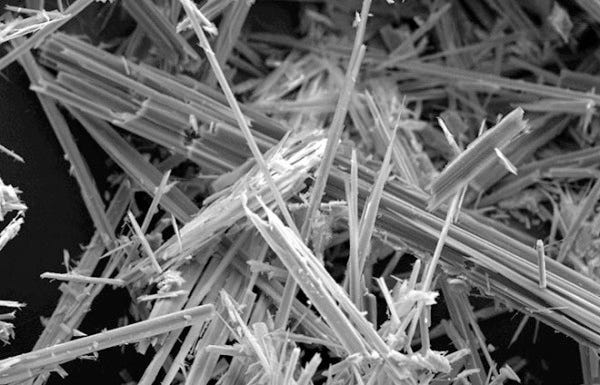 Although it has been banned since 1999, asbestos remains a common problem across UK commercial properties built in the decades when it was still widely used. An awareness of the rules around its safe removal and disposal is therefore key to protecting the health and safety of those who come into contact with asbestos.
Although it has been banned since 1999, asbestos remains a common problem across UK commercial properties built in the decades when it was still widely used. An awareness of the rules around its safe removal and disposal is therefore key to protecting the health and safety of those who come into contact with asbestos. According to HSE there are more than 5,000 asbestos-related deaths in the UK per year and more than 2,000 diagnoses of asbestos-related diseases, a figure that is rising. From 2011 to 2013 – the last year in which figures are currently available – the UK’s mesothelioma rates rose to 68.2 per million for men and 12.7 per million for women.

Around 80 per cent of those who receive a mesothelioma diagnosis in the UK are men, however, the annual number of deaths among women has increased more rapidly than the increase among men over the last 10 years. Figures for women rose 68 per cent in the last decade, compared to 35 per cent for men. Women are often exposed to asbestos indirectly by living in areas near asbestos factories or coming into contact with people who worked with asbestos.
Employers who do not adequately remove and dispose of any asbestos in their buildings and fail to protect their employees are liable for asbestos-related personal injury claims running into the thousands, which could leave a severe dent in a company’s cash flow. With workforce health and safety at stake, the issue cannot be ignored and must be addressed in full compliance with the law.
Under the Control of Asbestos Regulations (CAR) 2012, any owner or occupier of non-domestic premises with maintenance and repair responsibilities has a duty to assess and manage the risks from the presence of asbestos – but what does this entail?
If asbestos is found to be present, any work on it must be carried out by a licensed contractor in the majority of cases. This includes most asbestos removal, all work with sprayed asbestos coatings and asbestos lagging and most work with asbestos insulation and asbestos insulating board (AIB).
Any removed asbestos product or material that is ready for disposal, including contaminated building materials, tools, personal protective equipment and damp rags used for cleaning, is defined as asbestos waste and subject to strict labelling and transportation controls under CAR 2012.
The disposal of this asbestos waste requires specialist expertise to ensure its safe handling, labelling and transportation and customers seeking to remove it from their premises safely should always ensure it is carried out by a fully compliant service provider and with access to licensed disposal points.
you can download the Control of Asbestos Regs here You are not allowed to view links.
Register or
Login